A professional gardener explains how tomato feed can significantly boost other plants in your garden
Give your plants a bit more pep in their step with the surprisingly versatile gardening essential, tomato food
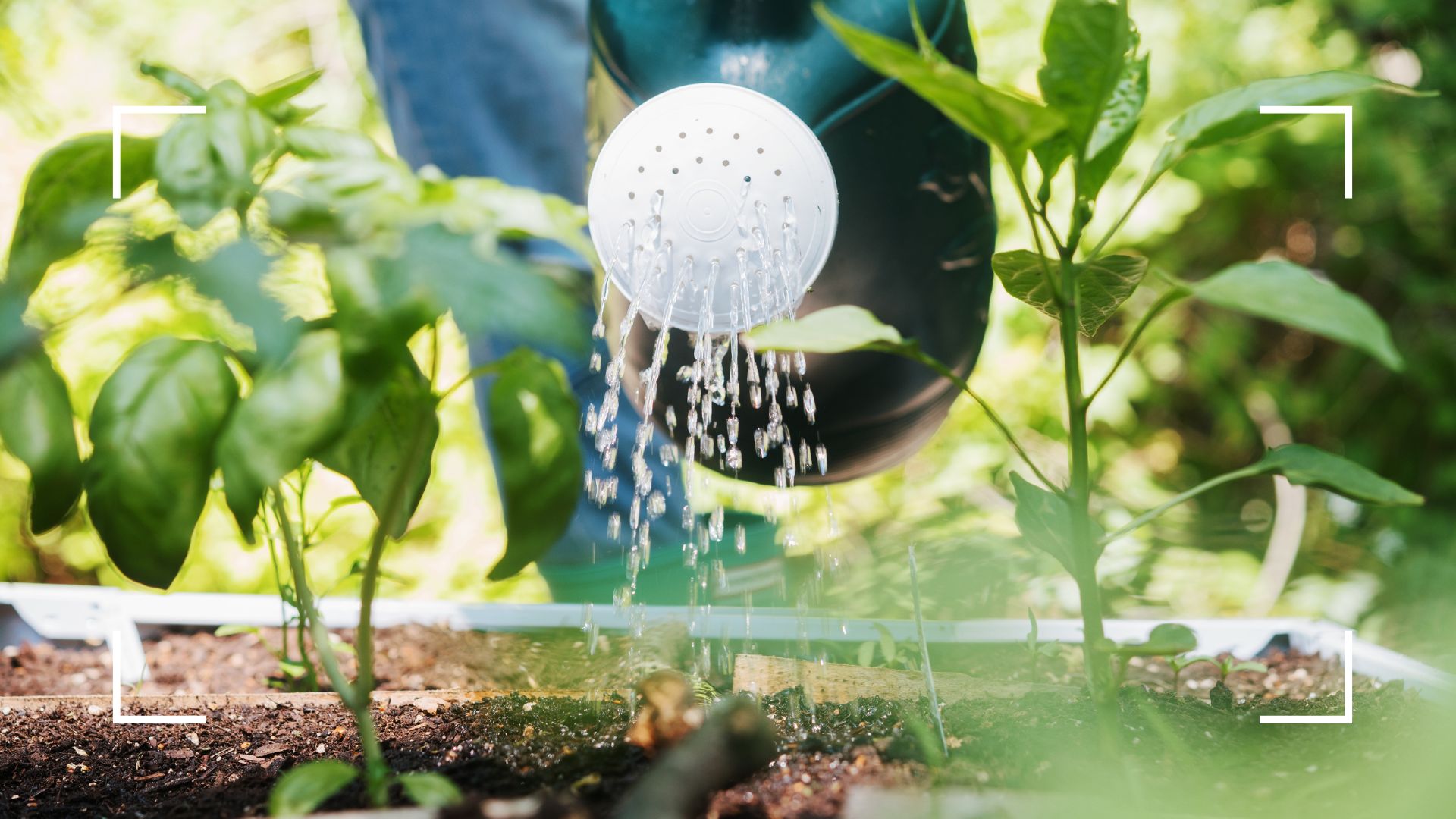

The benefits of tomato food are no secret, gardener or not, but what might surprise you is just how versatile the food is for different plants in your garden.
Whether you're sorting your garden out or are looking to start vegetable gardening for beginners, using the power of tomato food to nourish your plants is key. Of course, the food concentrate is designed specifically for tomatoes, which works fantastically for them; however, it can also help other species thrive.
So if you're ready to level up your gardening game, here's some expert advice on how to make the most out of tomato food's nutritional power.
Alternative uses for tomato feed in gardens: Expert advice
From growing tomatoes to knowing how to ripen them when they're green, it's always a good idea to have a bottle of tomato feed on your side.
Aside from tomatoes, garden design expert and influencer Ish on Instagram @Gardening.with.ish, explains that there are plenty more ways you can help your plants with this essential gardening food concentrate.
Shop tomato feed essentials
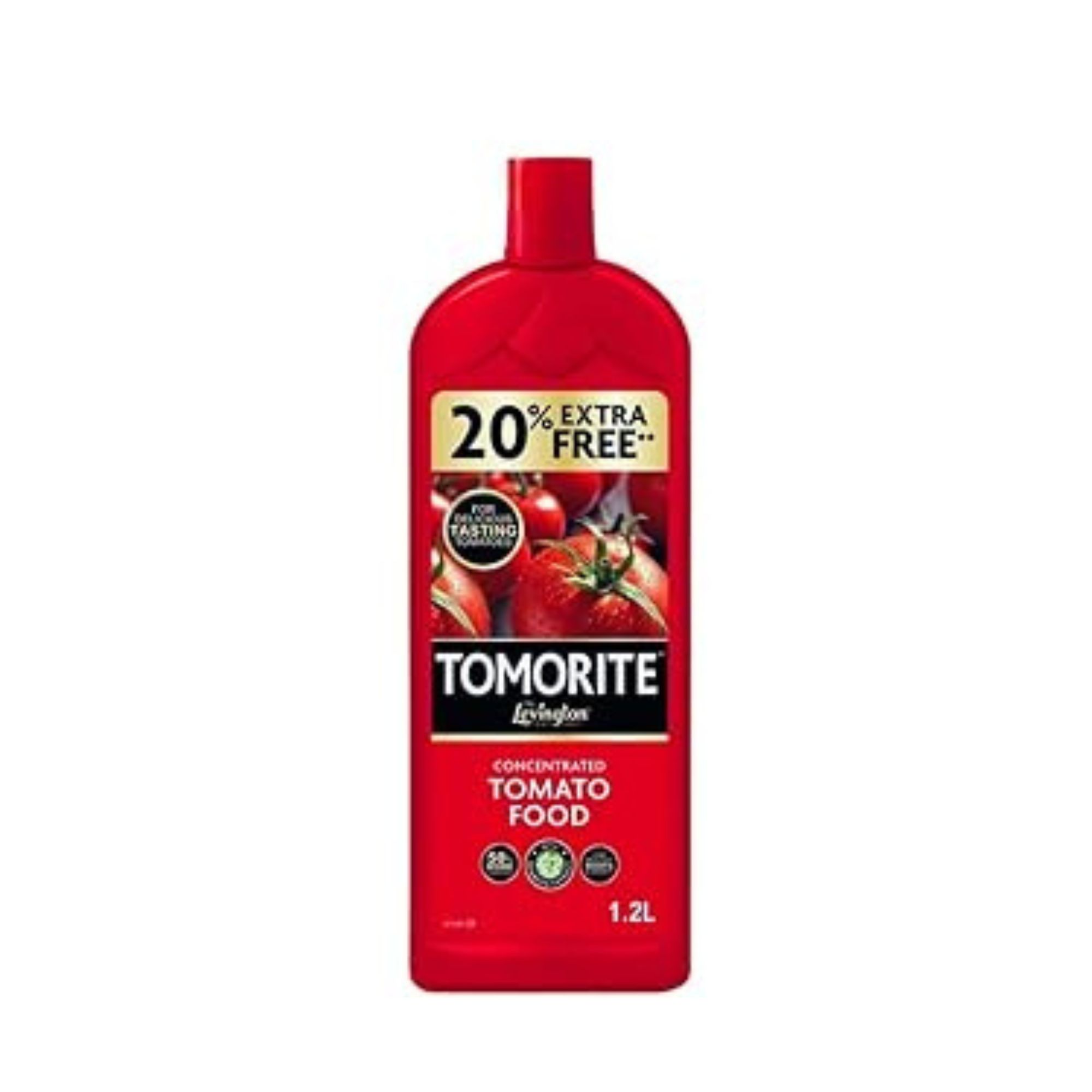
RRP: £9.50 | This is a great tomato food to use in your garden, just remember that it needs to be diluted before adding it to your plants. It's even enriched with seaweed extract!
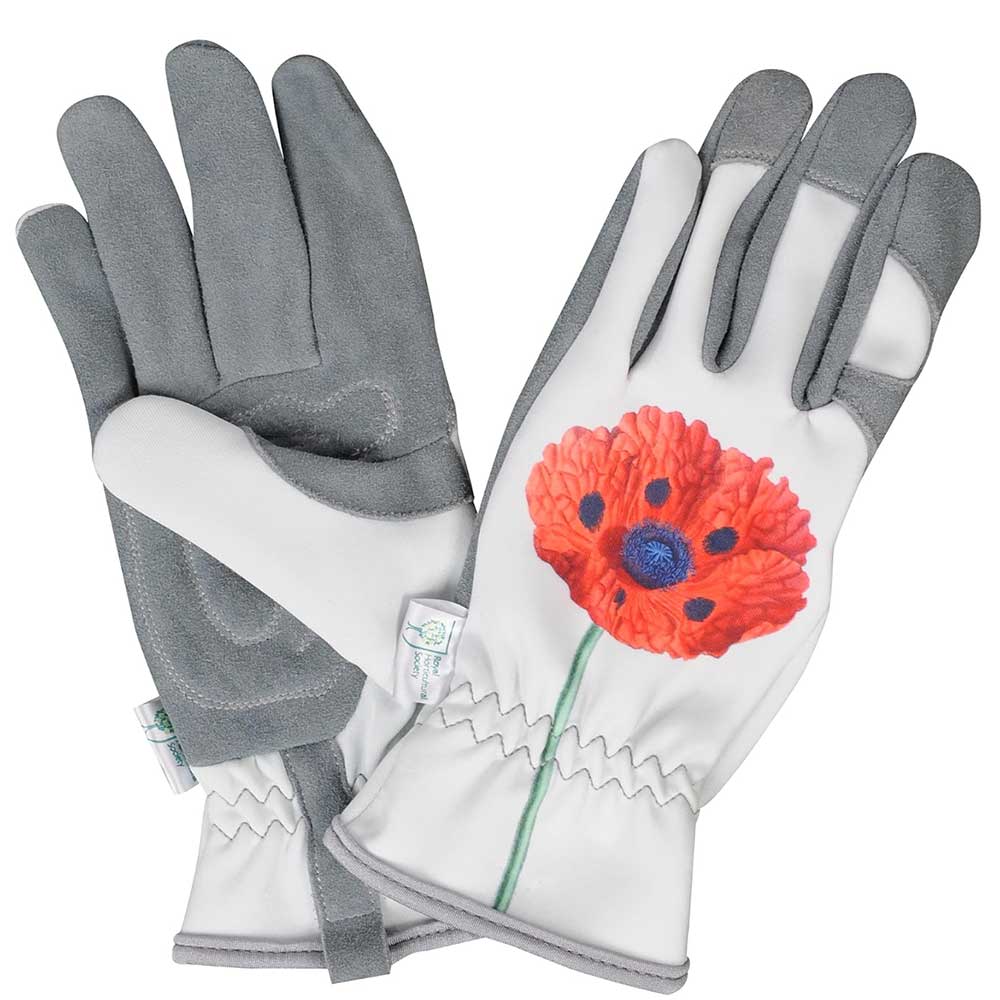
RRP: £11.96 | These Gold Leaf RHS collections Chelsea Ladies Comfortable Leather Gardening Gloves are perfect for any job you need to tackle in your garden, even feeding your plants.
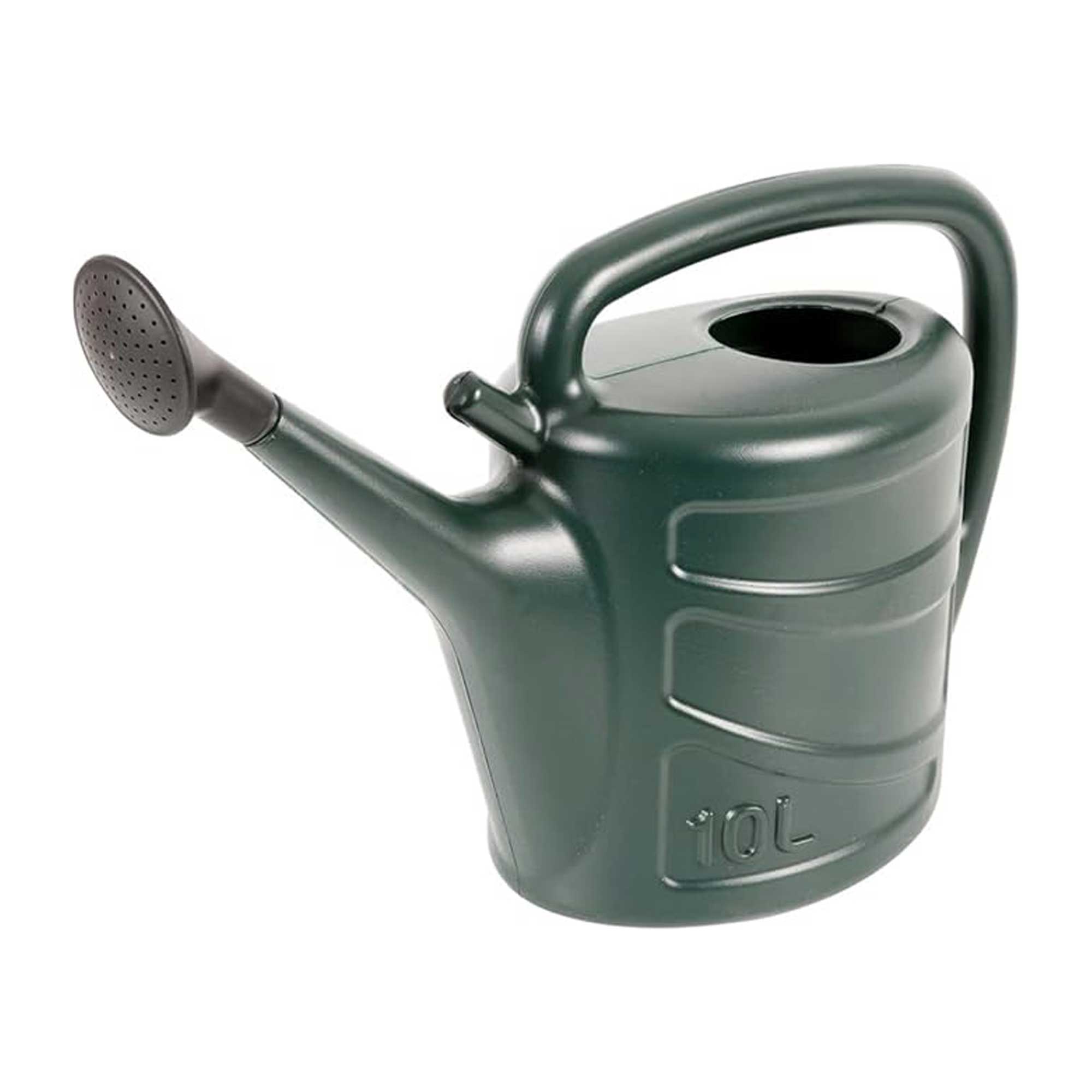
RRP: £12.99 | This weather-resistant plastic watering can from Accurate has a large capacity and includes a detachable sprinkler rose.
1. High-yielding flowers
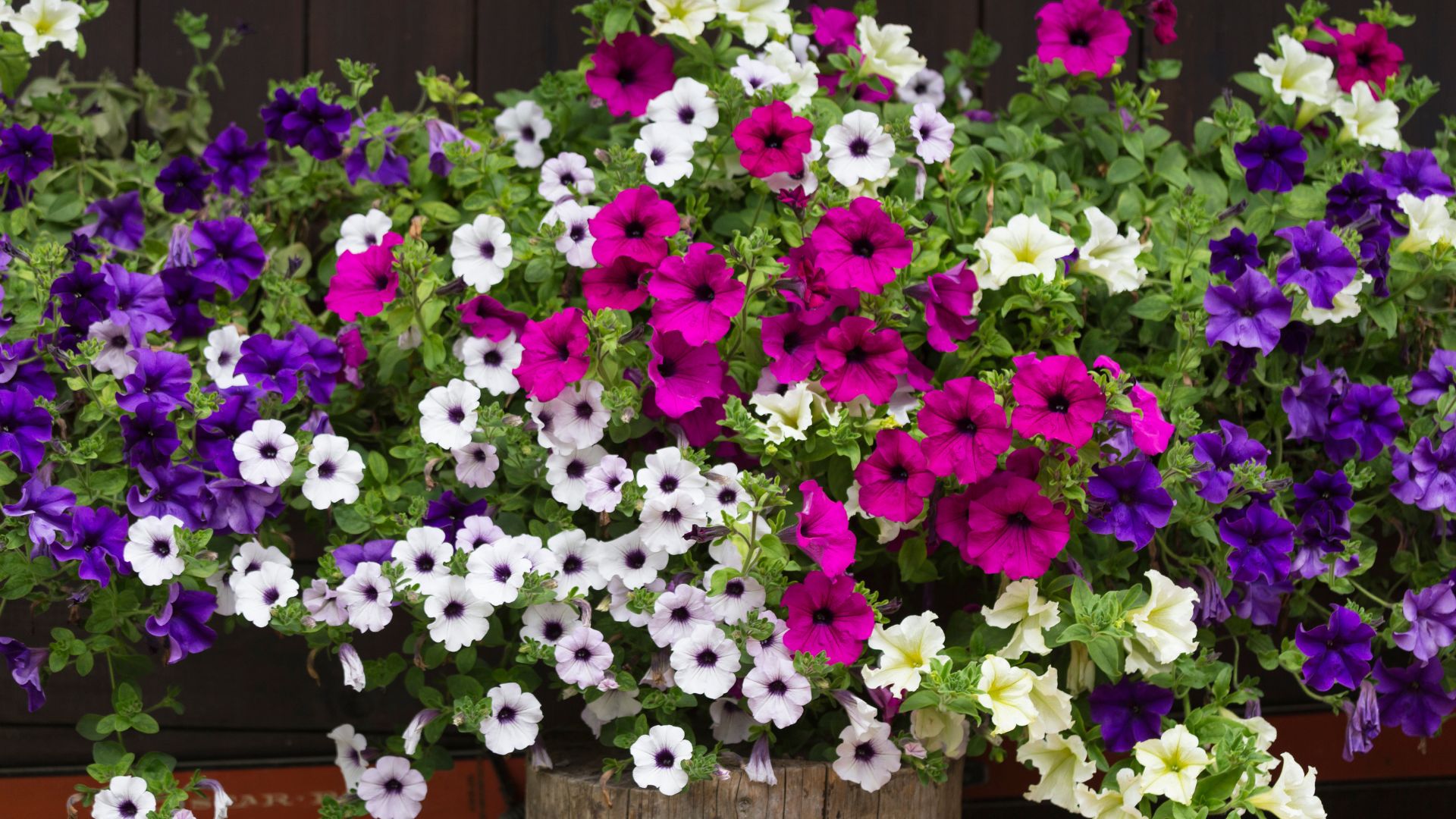
If you planted a summer hanging basket this year, then you can utilise tomato food to elevate your floral arrangement.
"Tomato feed is fantastic for high-yielding flowers like these petunias and other trailing plants. By increasing the potassium, you’ll get even more flowers and a longer period of flowering throughout the year," explains Ish.
Sign up to our free daily email for the latest royal and entertainment news, interesting opinion, expert advice on styling and beauty trends, and no-nonsense guides to the health and wellness questions you want answered.
2. Strawberries
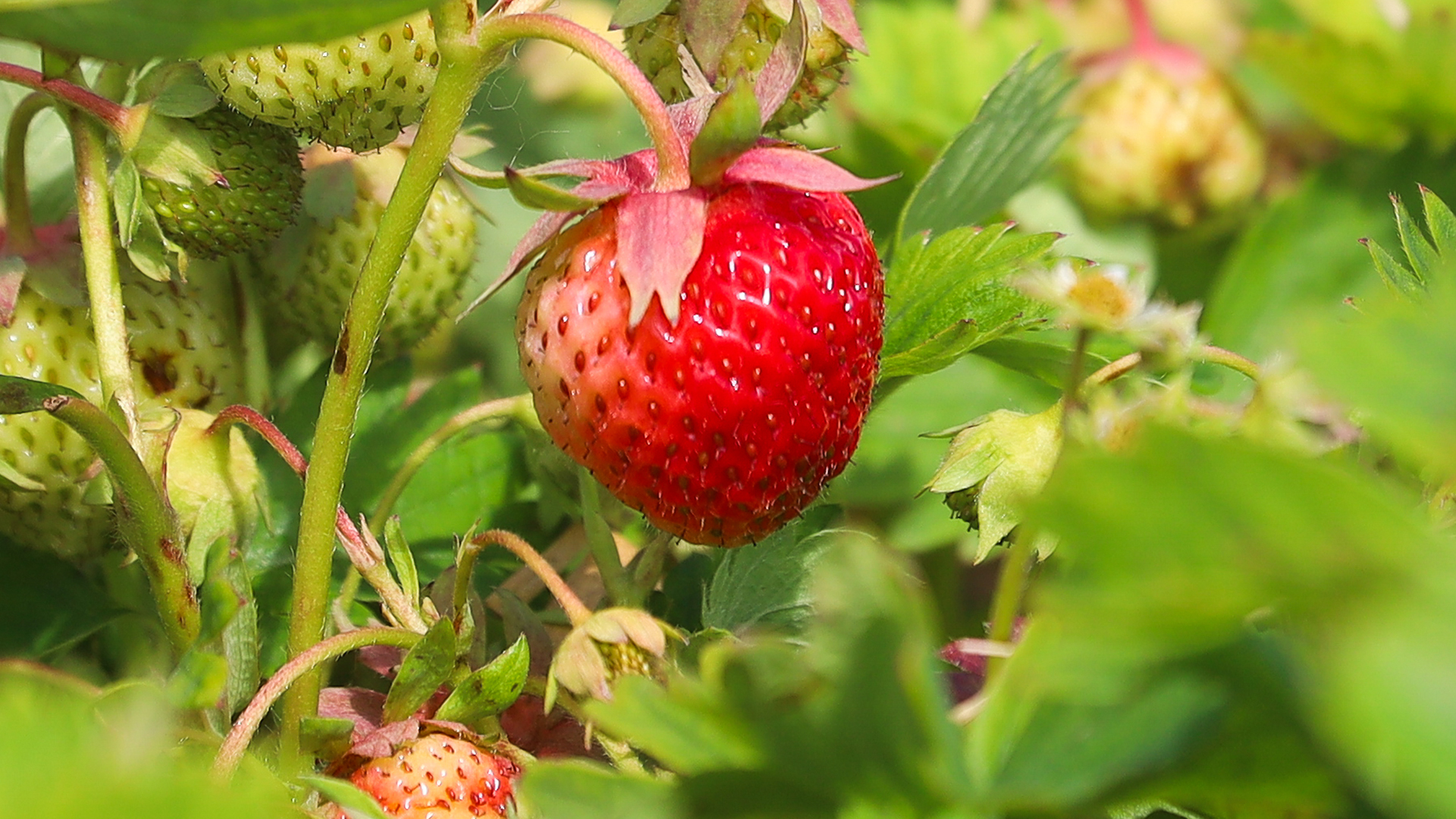
Not only are strawberries a great choice for edible plants you can grow in pots, they're also great for beginners.
"Strawberries benefit massively from tomato feed, especially as they’re just about to flower. By increasing that potassium in the soil, it means that not only does it get a good flower, but it gets a much bigger berry and an abundance of them," states Ish.
Just make sure you're timing the feed correctly and not doing it too early; feeding plants that aren't established yet can sometimes cause more harm than good.
3. Vegetables and squashes
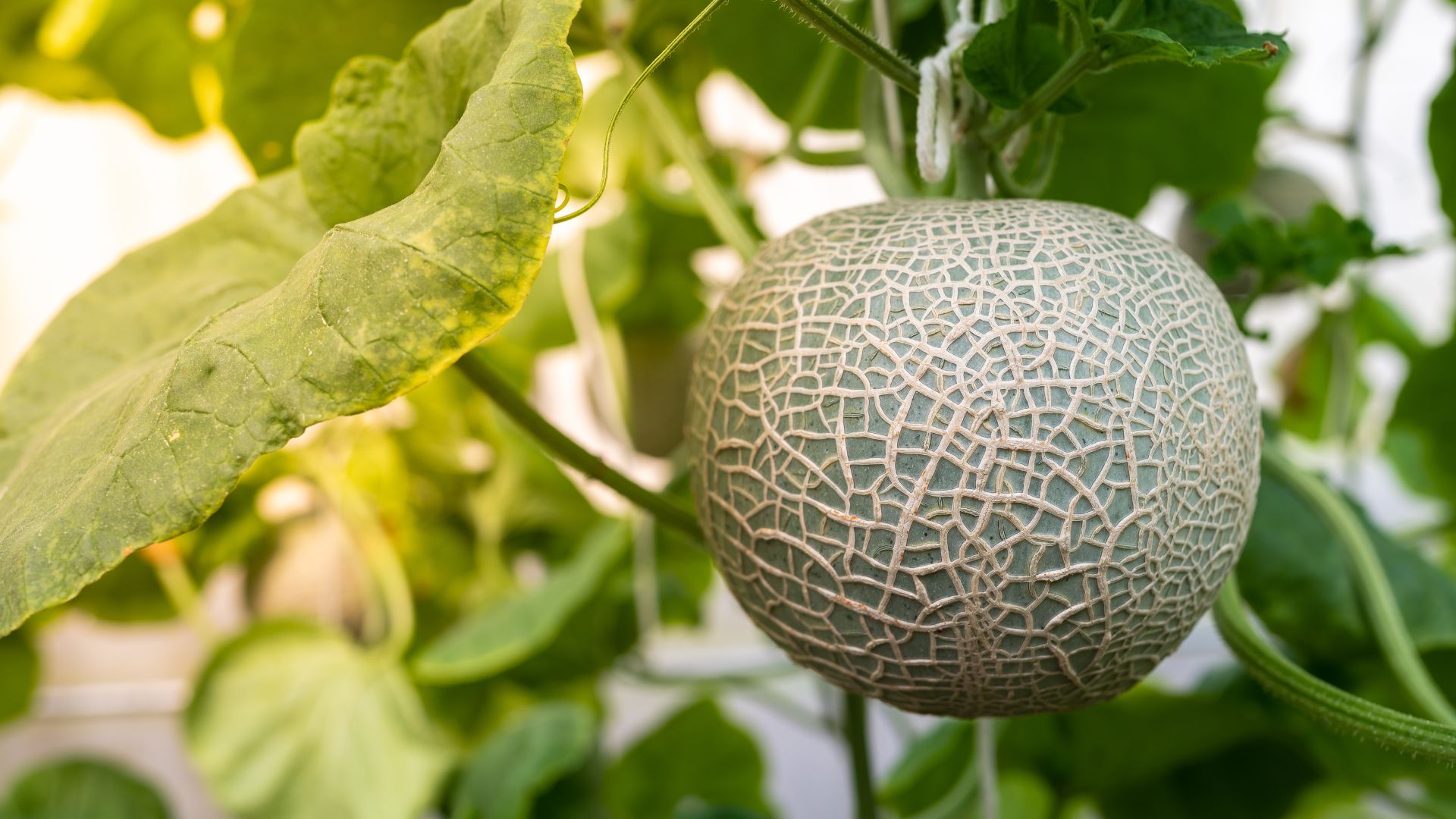
It's not just fruit that will benefit from watering with tomato food; your veggie patch will also thrive when fed properly.
"While tomatoes and strawberries will be at the forefront of your mind, there are so many other things that benefit. For example, my cantaloupe melons do really well. Courgettes, cucumbers, squashes, even pumpkins benefit from a good feed from tomato feed," says Ish.
4. Wisteria
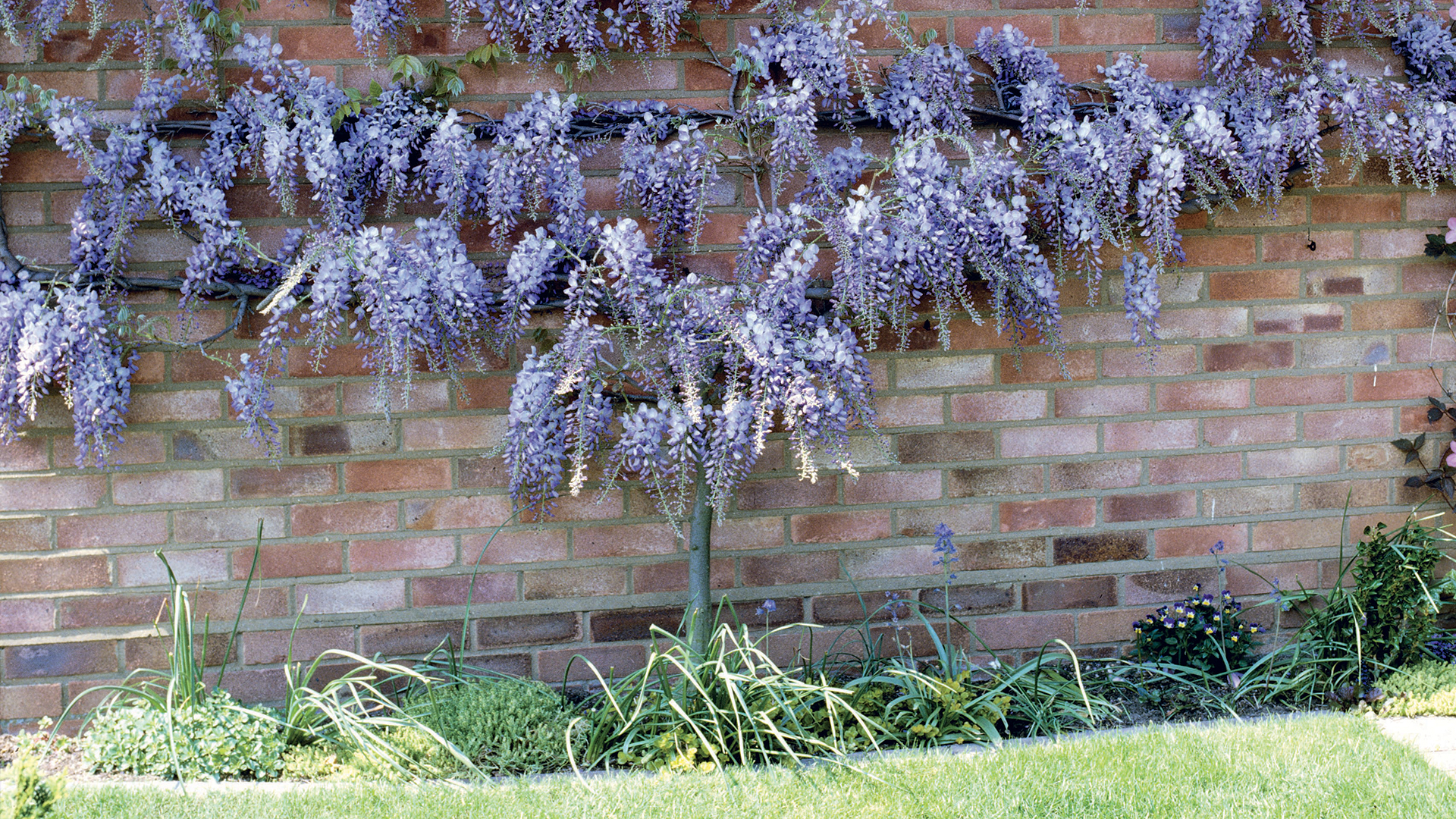
Wisteria, whether you see it as an invasive plant or not, is a stunning addition to the exterior of any home. However, it can be rather difficult to guarantee its flowering; tomato food can help with this.
"If your wisteria this year gave you a good amount of foliage but no flowers in spring, don’t worry just get it in a nice sunny spot and in early spring give it a bit of tomato feed once a week to increase the potassium and hopefully encourage it to give it that first set of flowers," instructs Ish.
How to use tomato feed in your garden
Now you know how versatile and helpful tomato food is in the garden, it's key to know how to use it properly. As mentioned previously, misusing the feed can actually damage your plants.
"While pretty much any flower, fruit or veg will benefit from tomato feed, make sure you do two things."
- "First of all, don’t feed your plants straight away, as the plants are fairly young, this will stress them out and also cause a bit of a burn," starts Ish.
- "Second of all, make sure you dilute this feed correctly as it’s incredibly dense, so you’ll want to add 20 millilitres of this to 4 ½ litres worth of water. And by diluting this right and using it regularly in summer, you’ll have an increase of yields and some amazing fruit and flowers," he continues.
Along with feeding your plants, it's key to ensure you're watering your garden plants properly, too. Especially through summer, when droughts can occur and the heat will dry your plants out much quicker.

Emily joined woman&home as a staff writer after finishing her MA in Magazine Journalism from City University in 2023. After writing various health and news content, she now specialises in lifestyle, covering unique cleaning hacks, gardening how-tos, and everything to help your houseplants thrive.
You must confirm your public display name before commenting
Please logout and then login again, you will then be prompted to enter your display name.